Reptile Refuge
UCF to build a permanent sea turtle conservation research facility in Brevard County.
Fall 2016
Fall 2016
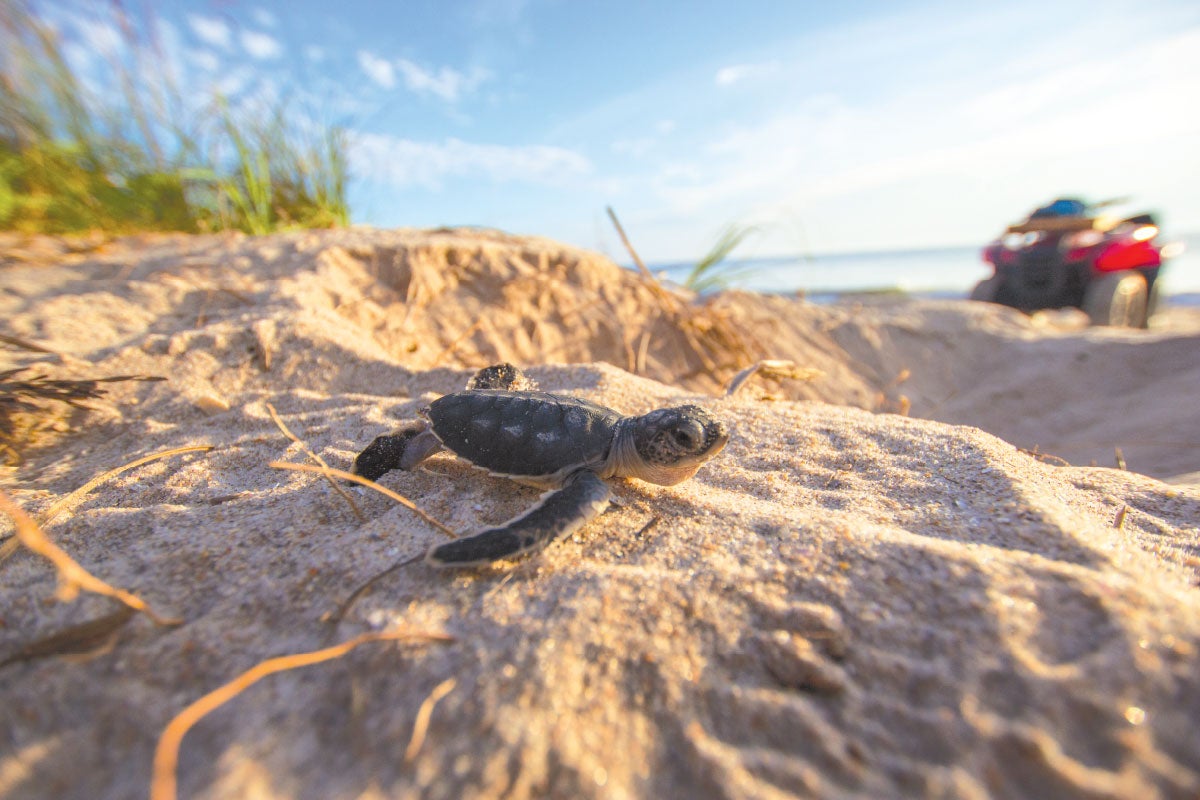
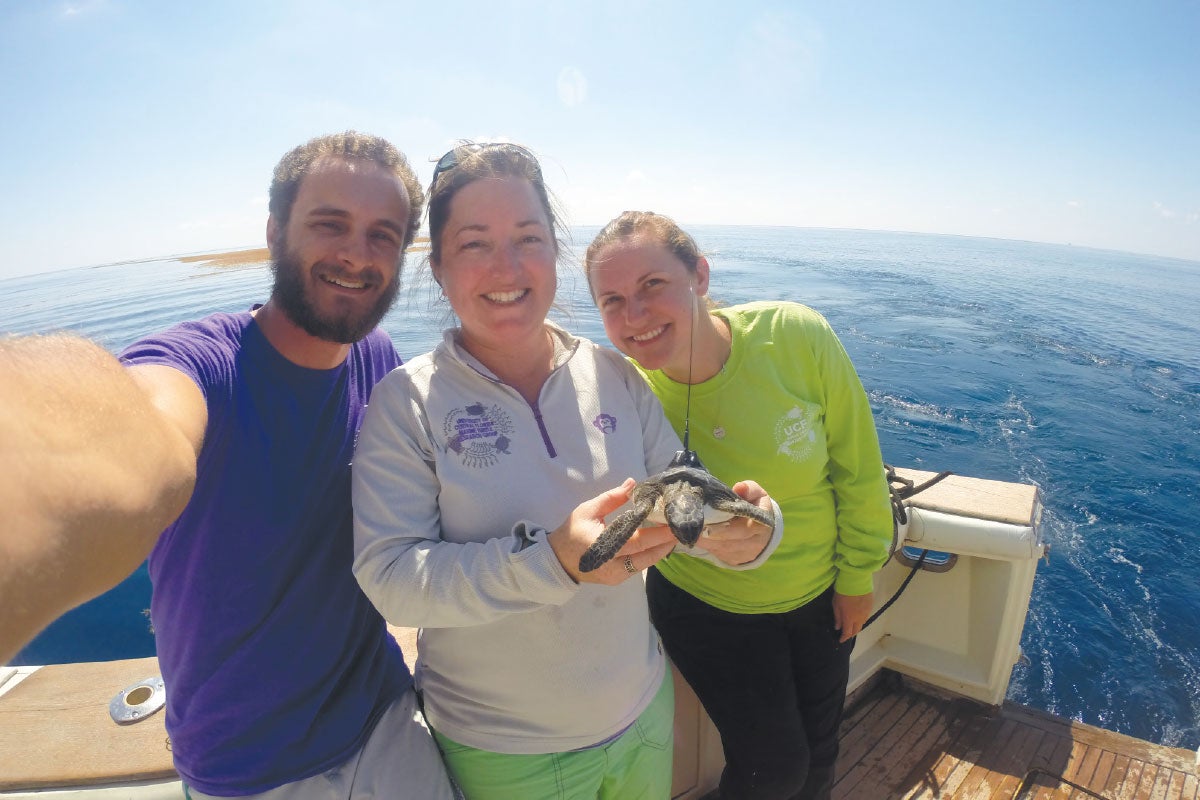
— Kate Mansfield (center), assistant professor and director of the UCF Marine Turtle Research Group, holds a juvenile marine turtle (as part of permitted research) in the Gulf of Mexico with Gustavo Stalin and Katrina Phillips.
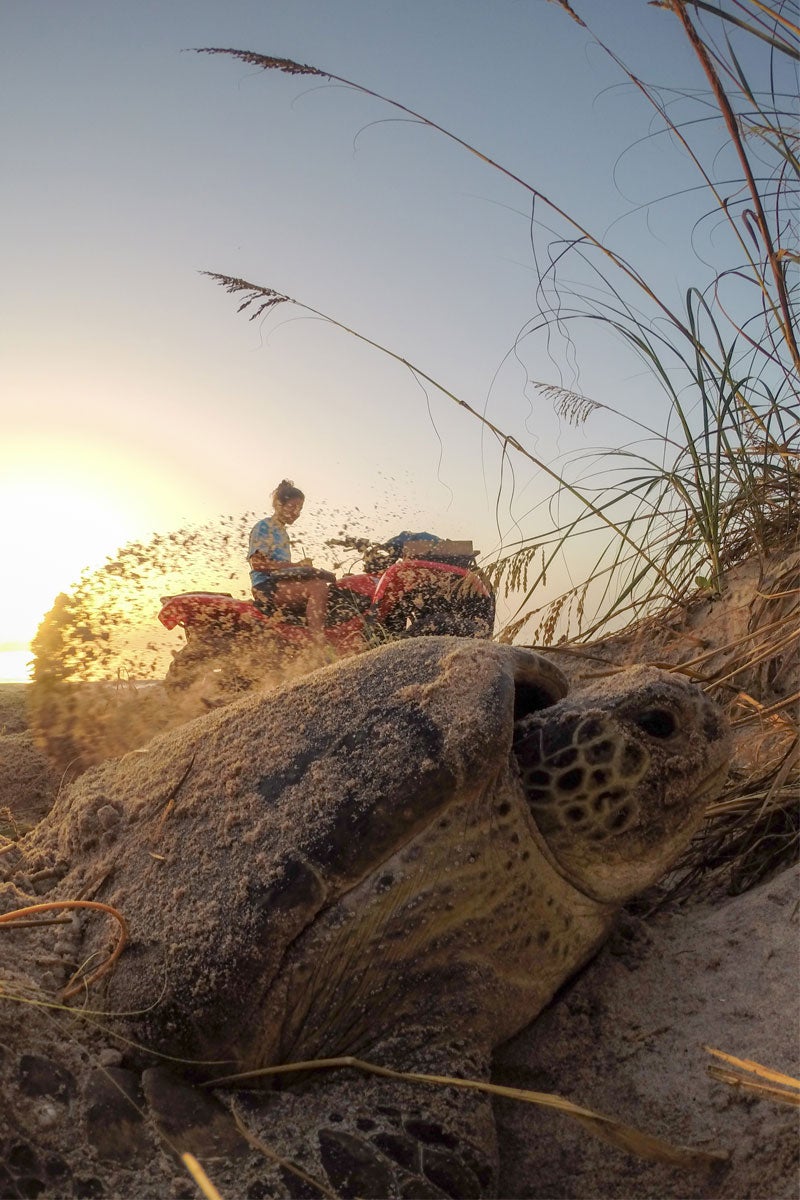
Amount of money UCF must raise in the next five years to build new research facilities
28,333
Number of sea turtle nests found in the Archie Carr National Wildlife Refuge in 2015
34
Years since the UCF Marine Turtle Research Group was founded
13
Miles of Brevard County seashore UCF researchers monitor every year
6
Number of sea turtle species found in the U.S., all of which are endangered or threatened
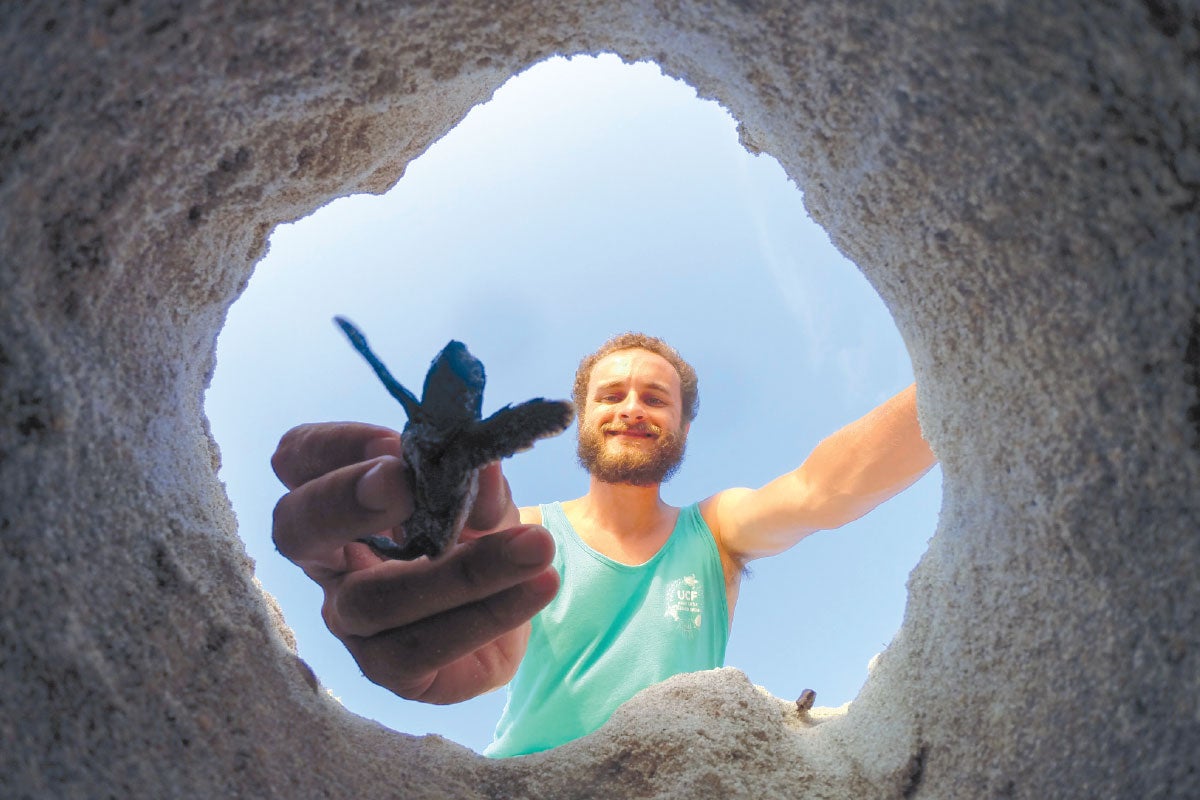
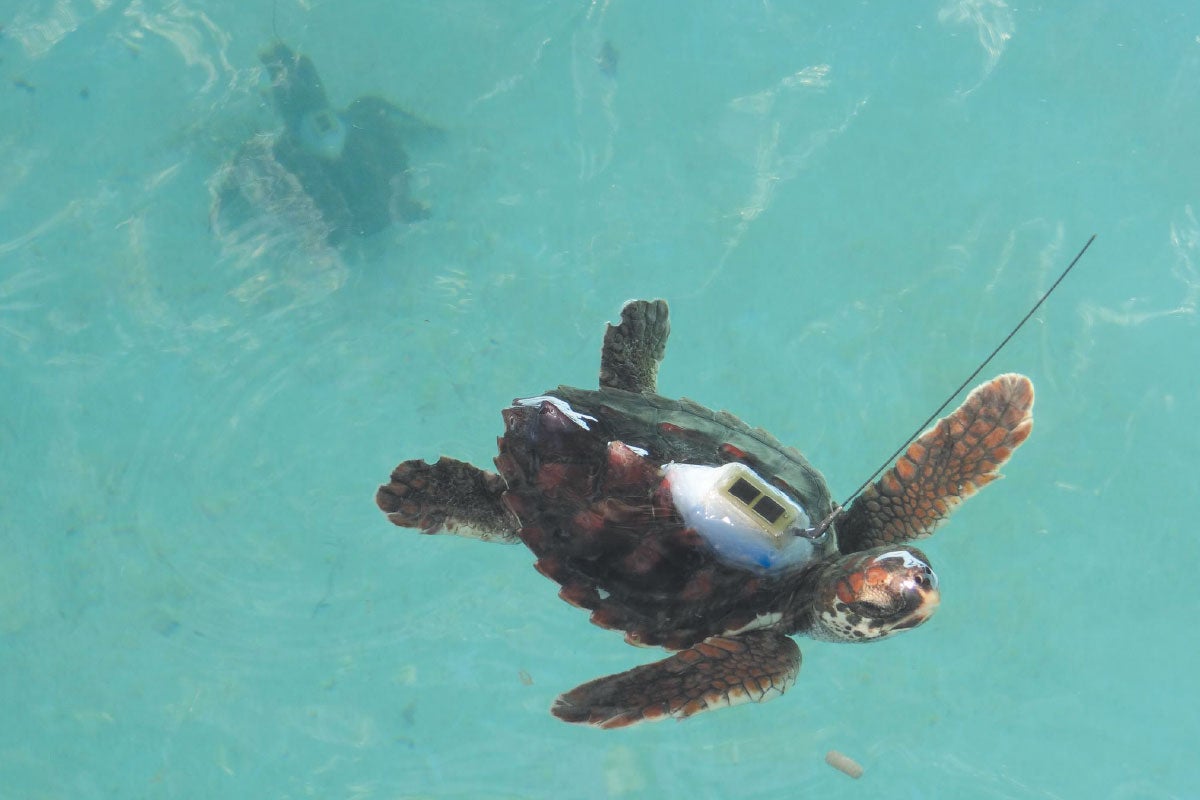
To support sea turtle research at UCF, visit ucffoundation.org/marineturtles.
Images courtesy of G. Stahelin and R. Chabot. All photos taken as part of permitted sea turtle research conducted by the UCF Marine Turtle Research Group.